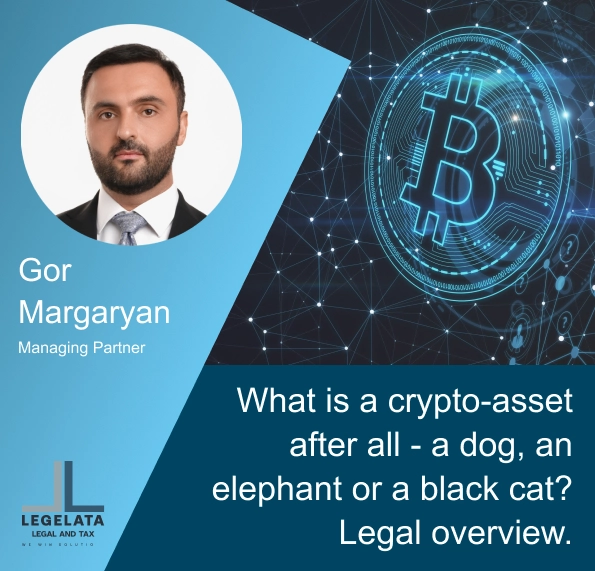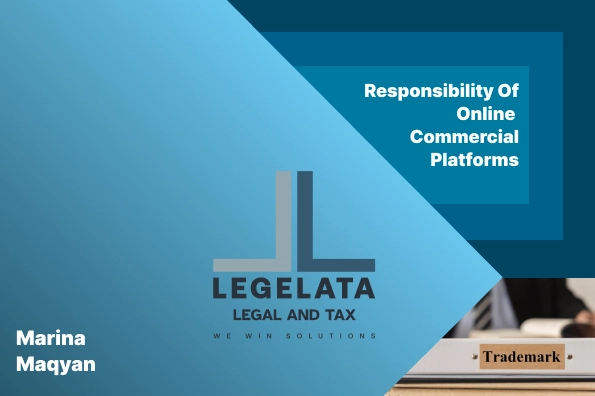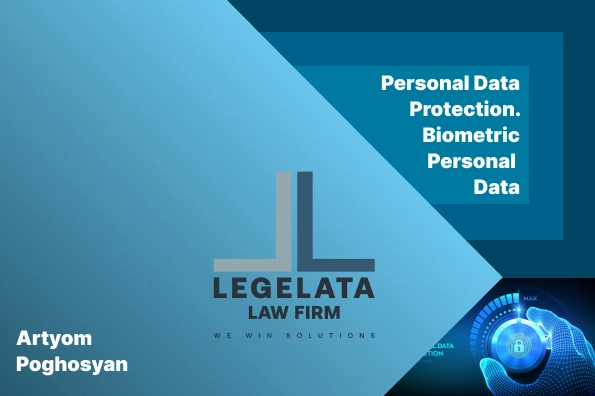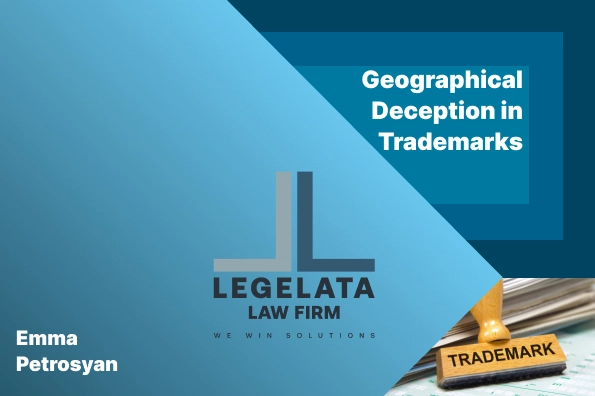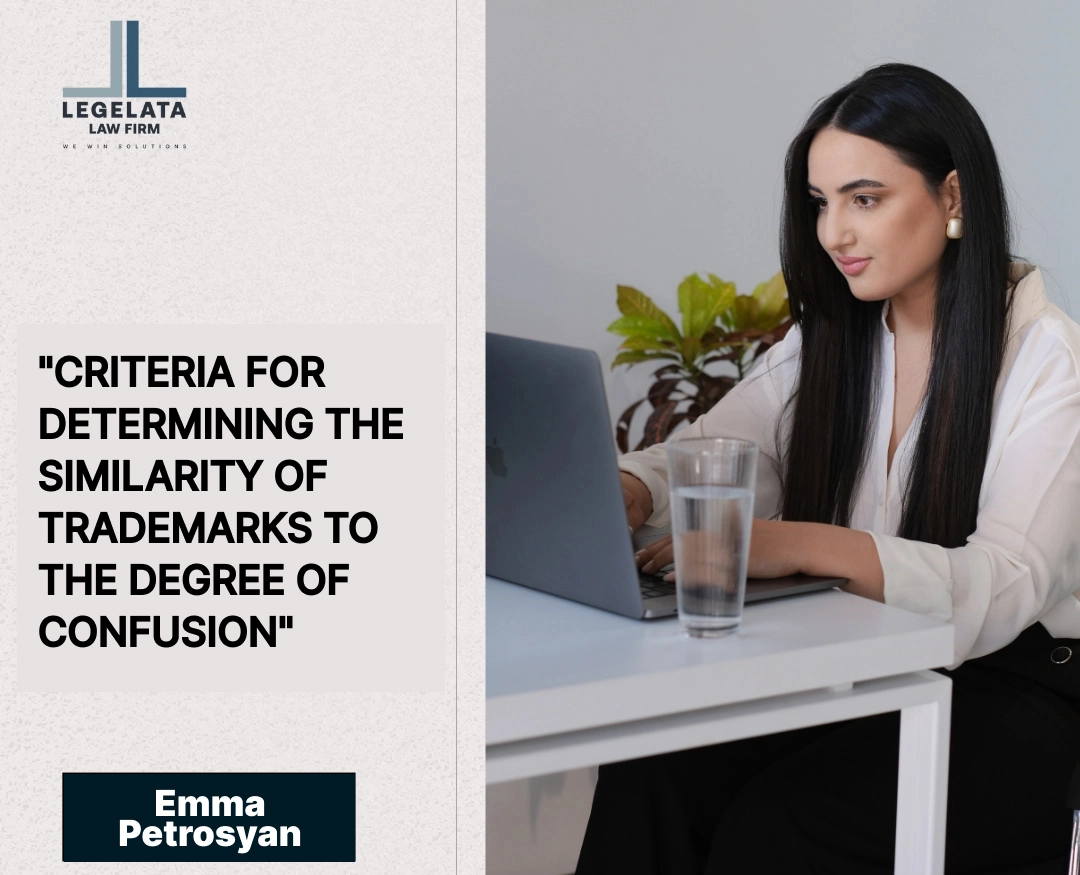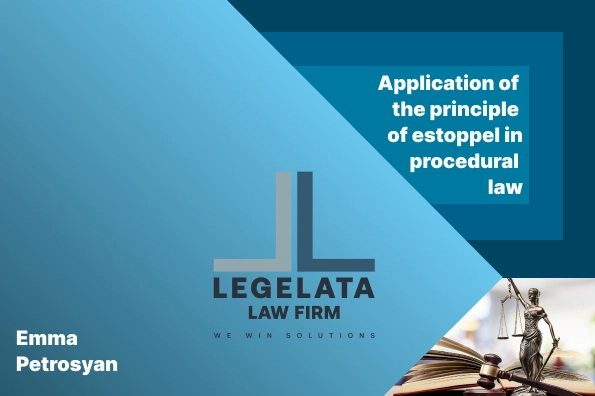Concentration
The Law of the Republic of Armenia (RA) on the Limited Liability Companies as well as the Law of RA on the Joint Stock Companies provide the right of the shareholders meeting of the Company to decide upon reorganisation of the Company. Reorganisation of the Company may be performed by absorption, consolidation, separation, division, and restructuring.
Following, inter alia, refers to the corporate reorganisation in the form of absorption, merger, and acquisition. These forms are discussed separately from the rest mentioned above and referred by the RA laws on LLCs and JSCs, as those are the ones that may impact the market and reduce the competition on it from the perspective of RA law on Protection of Economic Competition (Law)[iii].
From the perspective of the Law there are certain activities between or of the economic entities (hereinafter “undertakings”) that may impact the competitiveness on the market. These activities along with the corporate reorganisation forms include also acquisition of the right to use intellectual property which result in a situation when acquiring undertaking may have chance to impact the competitive situation [on the market]. The Law also reflects upon transactions, action, reorganisation or conduct of an undertaking as a result of which such an undertaking obtains an opportunity to directly or indirectly influence a decision-making process or competitiveness of another undertaking or a person, or opportunity to in general impact the competitive situation of certain RA market.
It is worth to note that the Law considers as a concentration of interest from perspective of the competition an establishment of a legal person within RA by more than one undertaking when the established undertaking acts as an independent entity (known also as a “full function” joint venture). Simply put, the joint ventures are within the scope of the interest of the Law from the concentration perspective, irrespective the fact whether the participant undertakings are RA residents or non-residents.
The Law defines generic 3 forms of concentration. Those are - horizontal (when the concentration is within the same product market), vertical (within different product markets with certain correlation, i.e., upstream, or downstream supply chains), and mixed (within different product markets without certain correlation). To be precise, the concentration of any manner defined above, per se, does not necessarily constitute an infringement of the Law.
Concentration subject to declaration
The Law prescribes instances when concentration is subject to declaration before being effective. Particularly, the law considers certain criteria for determination of the concentration declaration eligibility. The mandatory declaration of the concentration is based on the:
- Value of total or individual assets of the parties; [v]
- Total or individual revenue amount of the parties; [vi]
- Individual positions on the market of the parties;[vii]
The calculation of above-mentioned amounts and values is based on the financial indicators of the undertakings[for the year preceding the moment of submission of declaration. Moreover, in instances when the undertaking failed to carry out activities during the preceding financial year then the indicators for the period of less than 12 months are subject to consideration.[ix]
The declaration is mandatory for submission in cases when the amounts to be considered exceed the value and/or amounts prescribed by the Commission decision. Besides that, the concentration shall be declared also in cases when at least one of the parties to such possesses dominant position in product market within RA.
The thresholds defined by the decision of the Commission were recently updated. According to the Commission’s decision as of 2021 the threshold for the total (joint) asset value (or revenue amount) is AMD 4 billion and/or individually (at least for one of the undertakings) – AMD 3 billion. This simply means, that any concentration transaction, and or any transaction that is deemed as a concentration according to the law is subject to mandatory declaration if asset value or revenue amounts of participants of such a transaction and/or action exceed abovementioned thresholds. These thresholds apply irrespective the fact whether undertaking have had activities within preceding financial year, or its activities are for the “smaller” period of time.
The Procedure:
Notification is made by submitting the official filing document, a declaration to the Commission. The preparation of such a declaration requires a considerable amount of information. Such an information shall be filled in attentively not to misrepresent any relevant information which if presented incorrectly will lead to the rejection of the Concentration. Business secrets (as between the parties and/or third parties) can be identified as confidential and will not be divulged by the Commission to third parties.
The drafting of the declaration and preparatory work depending on a case at hand may require significant amount of time and human resources. That is so because, the procedure requires market study as well as in more complex cases the grounded justification of effects (or absence of such) on specific Market.
Simplified and [Ordinary] procedures.
The Law ascribes two procedures that may be applied for the valuation of the concentration:
- Simplified procedure and
- [Ordinary] procedure.
The simplified procedure is applied on a basis of absence of prima facie rejection grounds. Such are the cases of mixed concentrations and concentrations of the undertakings involved in a group of persons. Simplified procedure shall be completed within one month after initiation of proceedings.
Ordinary procedure is applied in cases when the simplified procedure cannot be applied and/or the grounds were revealed to initiate such procedure. As a rule, the timeframe for an administrative proceeding is 3 months which may be extended for another 3 months only once upon Commission grounded decision. The commission permits the concentration if the grounds for rejection were not observed. In the meantime, it should be noted that the Commission has the right to permit the concentration also in cases if there are grounds to reject it. Such permission may be granted if the undertaking proves that resulting from the concentration the competition on the market will be sustained and that the consumer rights will not be offended. The permission is granted for one year term if the Commission did not prescribe shorter period. The commission may conditionally permit the concentration with prescription of mandatory conditions to be complied with.
The Concentration subject to declaration shall be deemed undeclared where it has been enacted without the Commission decision on permitting it, and when those are not subject to be deemed prohibited. Concentration is deemed to be forbidden(prohibited), if it was enforced without permission and the Commission during Ex post ante evaluation Commission has held that it is to be prohibited. Moreover, the concentration is deemed prohibited if the undertakings involved have violated the conditions and obligations subject to mandatory fulfilment according to the permission decision.
Noncompliance with the conditions provided by the commission in the decision on forbidden concentration may result in the compulsory reorganization of the undertakings through judicial procedure or compulsory liquidation through judicial procedure.
The infringement of declaration related rules may result in the fine in amount of up to AMD 5 million, and in case of executing a prohibited concentration, the imposed fine may be in amount of 10% of the revenue of the undertaking during the year preceding the offence.
Conclusion:
Many companies undergo mergers and acquisitions without paying attention to the competition law procedures which in many cases result in the fines of significant amount or in certain cases even into compulsory liquidation or reorganization. Therefore, to avoid such complications the professional legal assistance is of essence starting from the initial stages of the activities that may be treated as a concentration in the meaning of the Law.
Author:
Arthur Buduryan (Mr)
Partner, Legelata Law Firm
DISCLAIMER:
This material is produced by Legelata LLC. The information contained in this piece is provided for general informative purposes only and does not contain comprehensive analysis of each item described. Prior to undertaking (or not to undertaking) any actions, reader is advised to seek professional advice tailored to their specific situation. Legelata or the author accepts and hold no liability for acts or omissions taken in reliance upon contents of the contained information in this material.
Legelata LLC 2022





